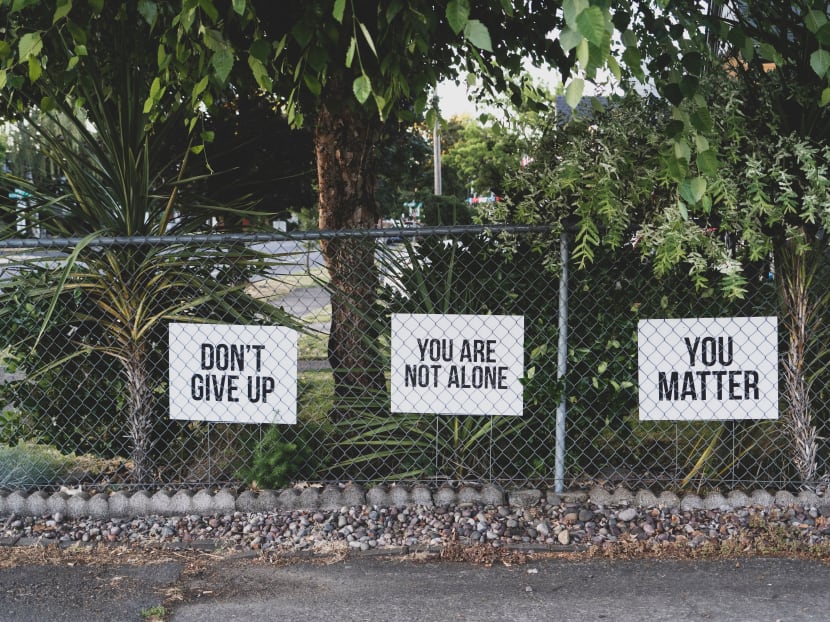SOS hotline receives 30% more calls during circuit breaker period
SINGAPORE — Calls to Samaritans of Singapore (SOS), a non-profit suicide prevention centre, went up by 36 per cent during the circuit breaker period compared to the same period last year.

Samaritans of Singapore (SOS), a non-profit suicide prevention centre, saw their call volume increase during the circuit breaker period.
- There were more calls to the SOS hotline during the circuit breaker period from April to June compared to the same period last year
- The biggest jump was in April with the centre receiving 3,722 calls — a 42 per cent increase
- Callers were worried about their financial stability, stressed about adapting to telecommuting, or anxious about being separated from loved ones
SINGAPORE — Calls to Samaritans of Singapore (SOS), a non-profit suicide prevention centre, went up by 36 per cent during the circuit breaker period compared to the same period last year.
A total of 10,671 calls were made between April and June, compared with 7,844 calls made in that period in 2019. That was the circuit breaker period when Singapore imposed stay-home curbs and shut down most activities to arrest the spread of the coronavirus, with restrictions lifted at the start of June.
April saw the biggest spike in calls with 3,722 calls to the hotline — a 42 per cent jump from the 2,620 calls in the same month last year.
For the months of May and June this year, the call volume went up by slightly more than 30 per cent.
Mr Gasper Tan, chief executive officer of SOS, told TODAY that the charity also recorded a slight increase in the number of calls made to its hotline between the first and second quarters of this year.
In the first quarter of the year, there were 9,156 calls compared with 10,671 calls in the second quarter.
Between March and April, which included the first month of the circuit breaker, there were 467 more calls to the hotline, equivalent to a jump of 14 per cent.
FINANCIAL WOES, ANXIETY OVER LOVED ONES
Mr Tan attributed the rise in calls during the circuit breaker to several factors including the economic impact of the Covid-19 pandemic on individuals.
“Recent news reports about the looming recession, retrenchment, and withdrawn job offers may add more stress to those who had experienced a sudden reduction or loss in income amid this pandemic,” he said.
Students expressed the fears of not being able to catch up on their school work given the shift to home-based learning during the circuit breaker period.
At the same time, students and adults brought up the heightened apprehension and anxiety resulting from the lack of clear boundaries between work and rest as a result of home-based learning and work, Mr Tan said.
There were also callers concerned about the safety and well-being of their loved ones who are based overseas.
“The uncertainty and lack of control surrounding air-travel, as well as prolonged separation from loved ones, may have resulted in fear and anxiousness,” Mr Tan said.
To cope with more people reaching out to SOS, the centre piloted a SOS Care Text service in July.
It allows those in need to send a text message to SOS either through Facebook messenger chat or a chatbot on its website.
There are an average of 20 to 30 chats initiated a day, Mr Tan said.
The text service now operates from 6pm to 6am on weekdays and will officially be launched next month.








